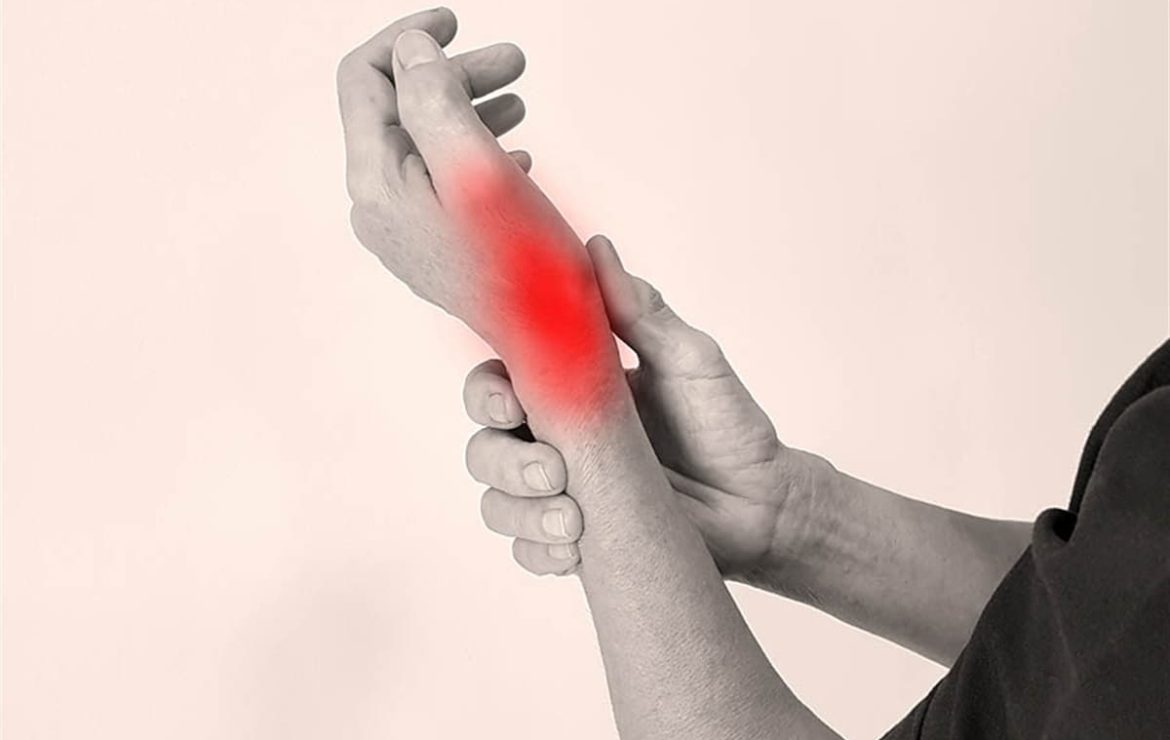What are the diseases that cause numbness in the hands, popularly described as nerve compression?

What are the diseases that cause numbness in the hands, popularly described as nerve compression?
Numbness in the hands, commonly referred to as “nerve compression” in layman’s terms, can arise from a variety of different health issues. Dr. Mustafa Zafer Demirtaş, a leading neurology expert based in Alanya, provides significant information on the diagnosis and treatment of various conditions causing numbness in the hands. Among these conditions are Carpal Tunnel Syndrome, Ulnar Nerve Compression, and Peripheral Neuropathy. This article will examine the symptoms of diseases causing numbness in the hands, diagnostic methods, and treatment options.
Diseases Causing Numbness in the Hands
Carpal Tunnel Syndrome (CTS)
Carpal Tunnel Syndrome occurs as a result of the compression of the median nerve passing through the narrow channel in the wrist known as the carpal tunnel. Prolonged computer use, repetitive hand movements, or certain health conditions can contribute to the development of CTS. Symptoms include numbness, tingling, and sometimes pain in the hand and fingers.
Ulnar Nerve Compression
The ulnar nerve can be compressed in the elbow area, often referred to as “tennis elbow,” typically resulting from certain positions that put pressure on the nerve, like keeping the elbow bent for extended periods. Symptoms include numbness and tingling in the outer part of the hand’s ring and little fingers.
Peripheral Neuropathy
Peripheral Neuropathy results from damage to the body’s peripheral nerves and is associated with various health conditions, primarily diabetes. It manifests as numbness, burning sensation, pain, and sensitivity in the hands and feet.
Diagnostic Methods
Dr. Mustafa Zafer Demirtaş emphasizes the importance of a comprehensive evaluation process for patients experiencing numbness in their hands. The diagnostic process generally involves the following steps:
- Detailed Medical History and Physical Examination: Information about the patient’s symptoms, lifestyle, and working conditions is collected.
- Neurological Tests: Various neurological tests are conducted to assess nerve functions.
- Electromyography (EMG) and Nerve Conduction Studies: These tests are used to determine the extent of nerve damage and compression.
- Imaging Tests: MRI or ultrasound imaging tests can be performed to detect nerve compressions and other structural issues.
Treatment Options
The treatment for numbness in the hands depends on the underlying causes. Dr. Demirtaş recommends the following treatment methods:
- Lifestyle Changes and Ergonomics: Adjustments to trigger activities, such as prolonged computer use, and ergonomic improvements are advised.
- Physical Therapy: Can help increase muscle strength and flexibility, reducing pressure on the nerve.
- Medication: Nonsteroidal anti-inflammatory drugs (NSAIDs) and other pain relievers can be used to control pain and inflammation.
- Surgical Intervention: In severe cases, surgery may be necessary to relieve pressure on the nerve.
Dr. Mustafa Zafer Demirtaş advises patients experiencing numbness in their hands to consult a neurology specialist for early diagnosis and appropriate treatment. Early intervention plays a significant role in alleviating symptoms and improving quality of life.







